Search results for 'mediums for oils'
-
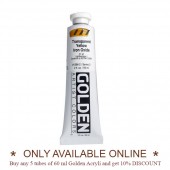
Golden Heavy Body Acrylic 59ml
Starting at: £11.70
-
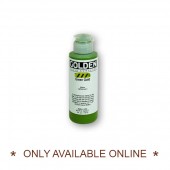
Golden Fluid Acrylic 119ml
Starting at: £20.10
-
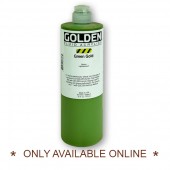
Golden Fluid Acrylic 473ml
Starting at: £46.70
-
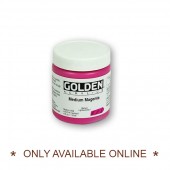
Golden Heavy Body Acrylic 119ml
Starting at: £16.20
-
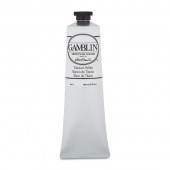
Gamblin Oil Colours 150ml
Starting at: £27.20
-
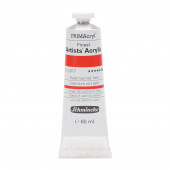
Schmincke PRIMAcryl 60ml
Starting at: £7.60
-
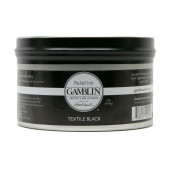
Gamblin Textile Black Relief Ink 1lb
£25.00 -
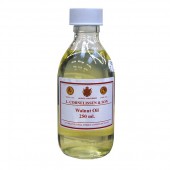
Cornelissen Walnut Oil
Starting at: £8.20
-
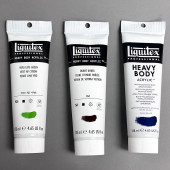
Liquitex Heavy Body 138ml
Starting at: £15.25
-
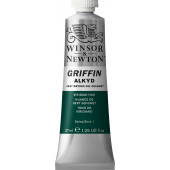
Winsor & Newton Griffin Alkyd Oil Colour
Starting at: £7.15
-
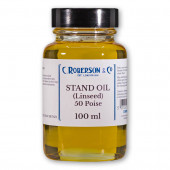
Roberson Linseed Stand Oil
Starting at: £10.50
-
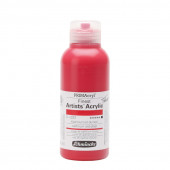
Schmincke PRIMAcryl 250ml
Starting at: £25.30
-
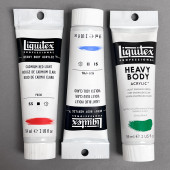
Liquitex Heavy Body 59ml
Starting at: £10.30
-
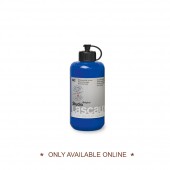
Lascaux Studio Acrylic Colours 250ml
Starting at: £25.70
-
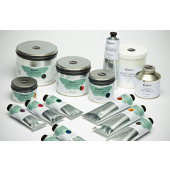
Caligo Safe Wash Relief Inks
Starting at: £10.55
-
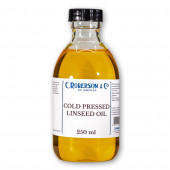
Roberson Cold Pressed Linseed Oil
Starting at: £7.50
-
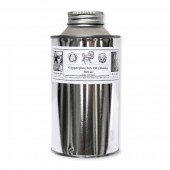
Roberson Copperplate Reducing Oil
Starting at: £24.00
-
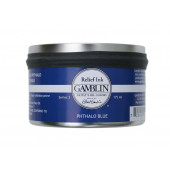
Gamblin Relief Printing Inks 175ml
Starting at: £16.00
-
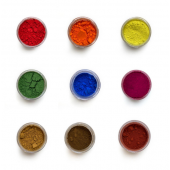
Small, 15ml Pigment sizes
Starting at: £4.00
-
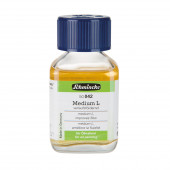
Schmincke Medium L
Starting at: £9.45
-
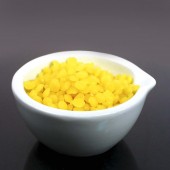
Natural Beeswax
Starting at: £11.20
-
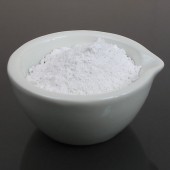
Precipitate Chalk
Starting at: £6.30
-
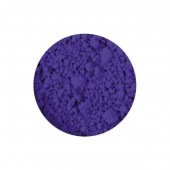
Ultramarine Blue Dark Pigment
Starting at: £4.00
-
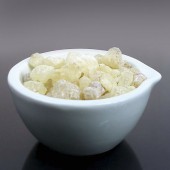
Gum Damar
Starting at: £10.00
-
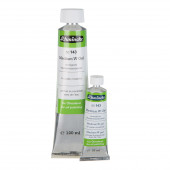
Schmincke Medium W Gel
Starting at: £8.20
-
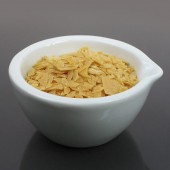
Carnauba Wax Yellow
Starting at: £6.50
-
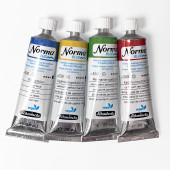
Schmincke Norma Blue 35ml
Starting at: £8.15
-
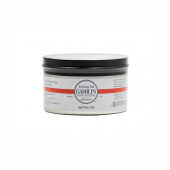
Gamblin Etching Inks 300ml
Starting at: £20.90
-
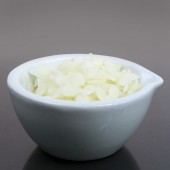
Bleached Beeswax
Starting at: £12.30
-
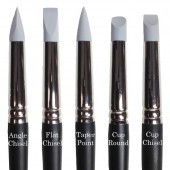
Colour Shapers
Starting at: £7.00





